Data is huge, but so far has remained a buzzword: Amaresh Godbole
Digitas LBi, a part of Publicis Groupe, has been at the forefront of many thought-provoking campaigns and has evolved through the changing content consumption patterns in today’s age. A global marketing and technology agency that transforms businesses for the digital age, Digitas LBi helps brands embrace the creative and technological changes revolutionising all aspects of their business. In India, the agency’s footprint spans across Mumbai, Delhi and Ahmedabad, employing over 300 digital experts.
Amaresh Godbole, Managing Director, India at DigitasLBi, has spent over 12 years working with network agencies, including Leo Burnett and Bates Asia, with a healthy mix of creative and digital marketing experience, enabling him to have a truly integrated view of any communication task.
He has been part of the core team that built DigitasLBi from a start-up into a leading agency brand in India over the last 7 years. He was brought on board as Client Partner in 2009 to help convert a technology offering into an agency business (then LBi). He went on to become Head of Strategy & Account Management, and brought on board large MNC and Indian clients such as Budweiser (ABinBev), Vespa (Piaggio), Hindustan Unilever and Larsen & Toubro, to name a few. He took over as Managing Director for India in February 2015 and has continued to ensure the agency’s continued growth. His strengths lie in a sound understanding of P&L, ensuring that the brand and consumer context is never lost in the chase for digital innovation, and an ability to spot and hone in talent.
In conversation with Adgully, Amaresh Godbole speaks at length about DigitasLBi’s journey so far, emerging digital trends, power of partnerships, and effectively harnessing data. Excerpts:
What have been the key benchmarks in DigitasLBi India’s journey over the years?
I joined DigitasLBi in October 2009. At that time LBi was an independent network listed on the Amsterdam Stock Exchange and they had a stake in a local technology business. I was brought on board to help transform this technology shop into a digital agency business. Right after I joined, LBi bought out the company completely and Himani Kapadia came back from the LBi UK office to take over the business as MD. We partnered closely for the next few years to grow the agency business in India. I took over as MD in February 2015 when Himani moved into an international role. And now, she’s back leading 2 brands and hopefully we’ll have the same run again.
We started with a handful of people, some of whom remain with us till date. Back then, the demand for specialist digital agencies was growing exponentially, and we grew the business organically. We didn’t really do a big acquisition of a local existing player, we built it ground up. It was a very good 3-4 years for us, where we brought on board leading MNC and Indian brands and built up our talent base crossing a head count of 150, which is typically considered growing to scale as an agency. Today, we’re 300 people.
Then in 2013, Publicis Group bought the entire LBi network. It made perfect sense then to merge it with Digitas, which was acquired by Publicis much earlier. Digitas had a strong North American presence, and LBi helped make it a global one with a strong European and APAC footprint. Even if you look at India, LBi had become a strong player in Mumbai by that time and Digitas was an established brand in Delhi. Both brands operated in similar spaces, so the merger made us stronger around the world. It’s been 3 years since and it is a perfectly integrated brand.
DigitasLBi has a highly blended skillset. What we are globally as well as in India is about data inspired marketing – while creative work is what gets reported the most, if you look at the services we offer our clients, it’s making sense of data to drive Creative, Technology, CRM and organic media solutions such as Search Experience. The composition is pretty well distributed in terms of revenue, number of engagements, etc.
How have partnerships provided the momentum for growth?
Given the enormous complexities that exist today, you can only survive and grow with partnerships. Our focus areas span technology partnerships, data partnerships and Intra group partnerships within the Publicis Groupe.
We have now partnered with SiteCore in India, which is probably one of the most popular platform products that you get around the world. Globally, we are already partners with leaders such as Adobe and Oracle. They are all looking at the India market in a very big way. On the back of that, we should be seeing a lot of momentum for us. Then, within India itself we have a lot of data partnerships, but many are at a global level and they flow down to India. For instance, within that we have got comScore data and a whole lot of other pieces, but what we get is actually not just the reports that many agencies get, but the raw data that we can put in a sandbox, write scripts around it and do a lot of custom data work on it. Last but not the least, as the world moves towards reintegration, while demanding deep specialisation as well, collaborating with group agencies such as Leo Burnett and BBH has been driving a lot of momentum for us and value for our clients.
Half of 2017 is over, in the remaining half what are the digital trends that you see holding firm?
I think there are forward looking trends and then there are things that will have an immediate impact. First and foremost, the user’s process of search and discovery of content, and our optimisation of it is undergoing a sea change. Earlier, people always spoke about SEO, but SEO is very focused on Google as an algorithm versus the wider search experience base. So, we stopped calling it SEO, we call it search experience, because it now spans voice searches, digital assistants like Siri, YouTube and Facebook searches, e-commerce searches, etc. A lot depends on how you start planning for that environment, because that’s the only way for brands and their content to be discovered in the future.
This year, we’ll also start seeing the combination of emerging technologies such as AI, machine learning, robotics, 3D printing, VR, etc., combine to create unique customer experiences and drive business. From a marketing standpoint, I think it will help us build great solutions to human problems.
You had mentioned data inspired marketing. What are the wide-ranging implications of using data? Are we really harnessing it to the optimum?
Data is huge. Data is a very wide term and so far has remained a buzzword. For the sake of simplicity, let’s narrow it down to three things from a marketing perspective.
First is how data impacts the creative process. Data is becoming a new way of getting micro-insights. You’ll still have an insight and big idea, but how do you translate that into hyper personalisation to increase relevance? For instance, we did custom data work for ShangriLa hotels in Hong Kong. While your wider approach is about the luxury experience of the hotel, data science helped us discover the little things consumers valued – for instance, people simply loved the lobby of the hotel, and it was one of the most shared things about the hotel across image sharing platforms. This became a springboard for creative visualisation, and used what the consumer thought was important rather than the brand.
Once this is in place, you start moving towards automated creative personalisation. You have algorithms which say these are the different audience patterns we are talking to, you pre-create multiple options of headlines, colour palettes, model images, etc., and the machine combines those different options, start seeing which permutations are driving better results, keep programmatically generating creative and targeting an audience in a very personalised manner. It’s basically programmed to recreate those elements in a way that have the most impact. This approach is working wonders for e-commerce players.
Of course, data can also become the story itself. The Spotify campaign, which surfaced data about user preferences, is a great example. As are all the infographics which are shared all the time.
Secondly, data helps in making media choices. ‘Programmatic’ is the word that’s popular, in essence it’s data and algorithm driven smart media planning and buying. It allows you to move from, say, I am going to buy these five platforms so that I can broadly reach this audience VS I am going to buy someone of this person’s profile and, therefore, only limitedly display these ads on different media so that my spillover is much lesser and my efficiency is much greater.
Thirdly, data is a means of answering business questions. For instance, our data science work globally has led to things like helping fast food chains find new opportunities in day time slots – Taco Bell realised breakfast in a particular locality was a big opportunity based on location signal analysis and mapping it to competition joints. Disney World realised that they could improve their turnout significantly simply by moving up their booking campaigns, as data helped identify that people planned their trips earlier than their current campaign cycles.
Making this happen requires a significant investment in talent, tools and processes – both for data engineering and data science. The engineering aspects involve setting up the systems of records that help get the data, and data science helps makes the connections with disparate data sources and surface insights. We have a team of 500-plus data scientists internationally. Further, we have developed a proprietary tool and process, which makes it possible to analyse and connect disparate petabytes of data. Lastly, these tools are as good as the data they are fed, and we have been building up data partnerships over the last two years to feed them media, location, transaction and other data signals. We’re piloting the tool in India at the moment, and most of our clients are really excited about it. You’ll hear more about it soon.


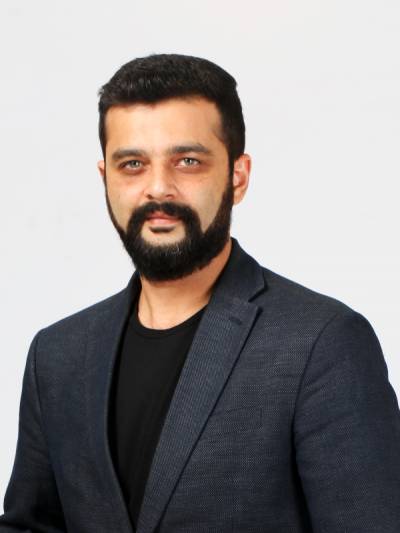
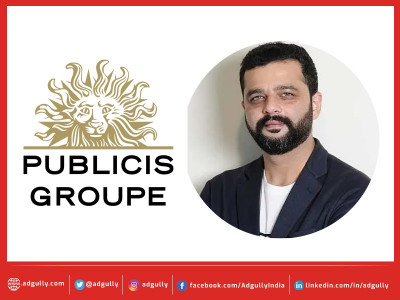
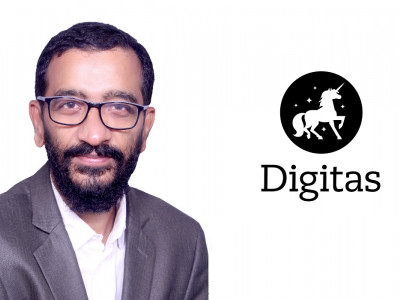
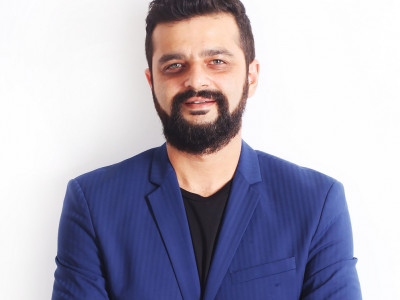
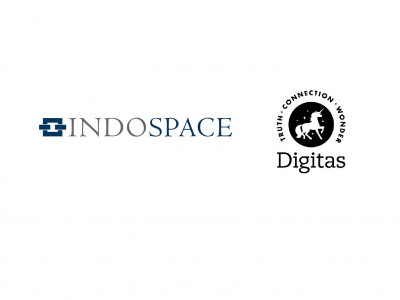




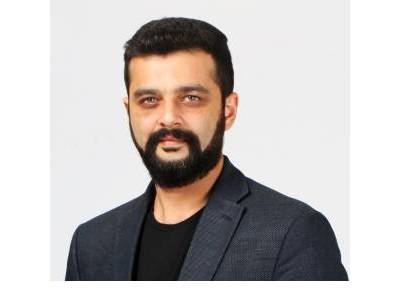
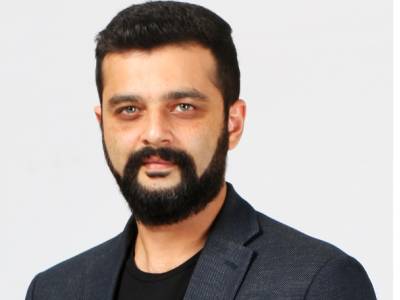

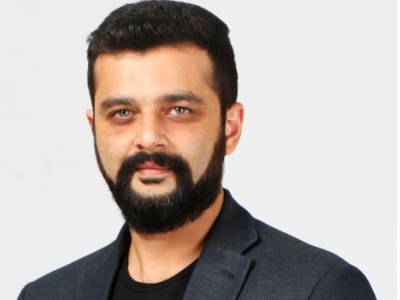


Share
Facebook
YouTube
Tweet
Twitter
LinkedIn